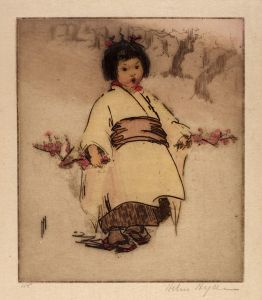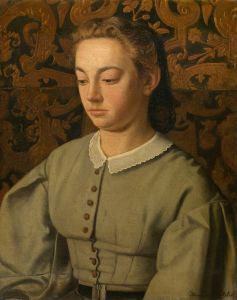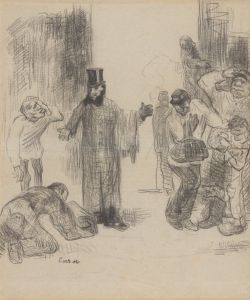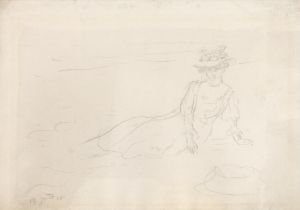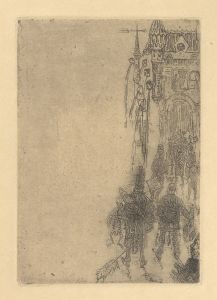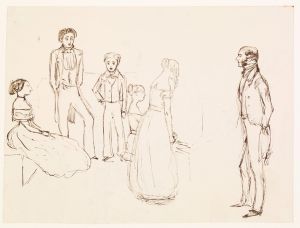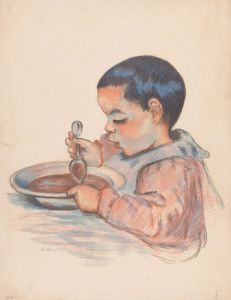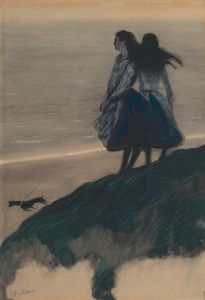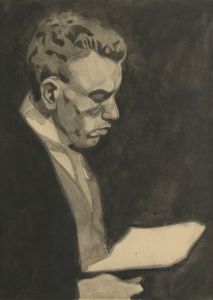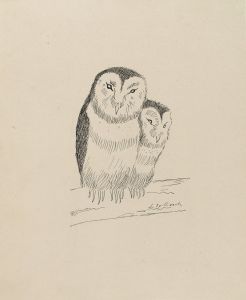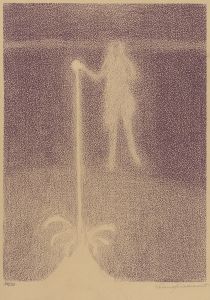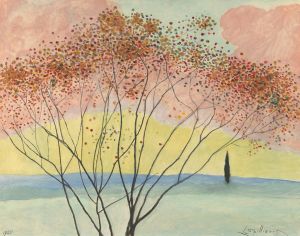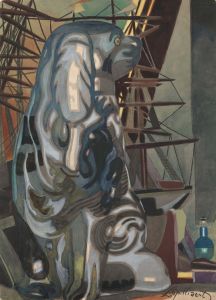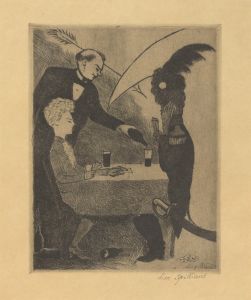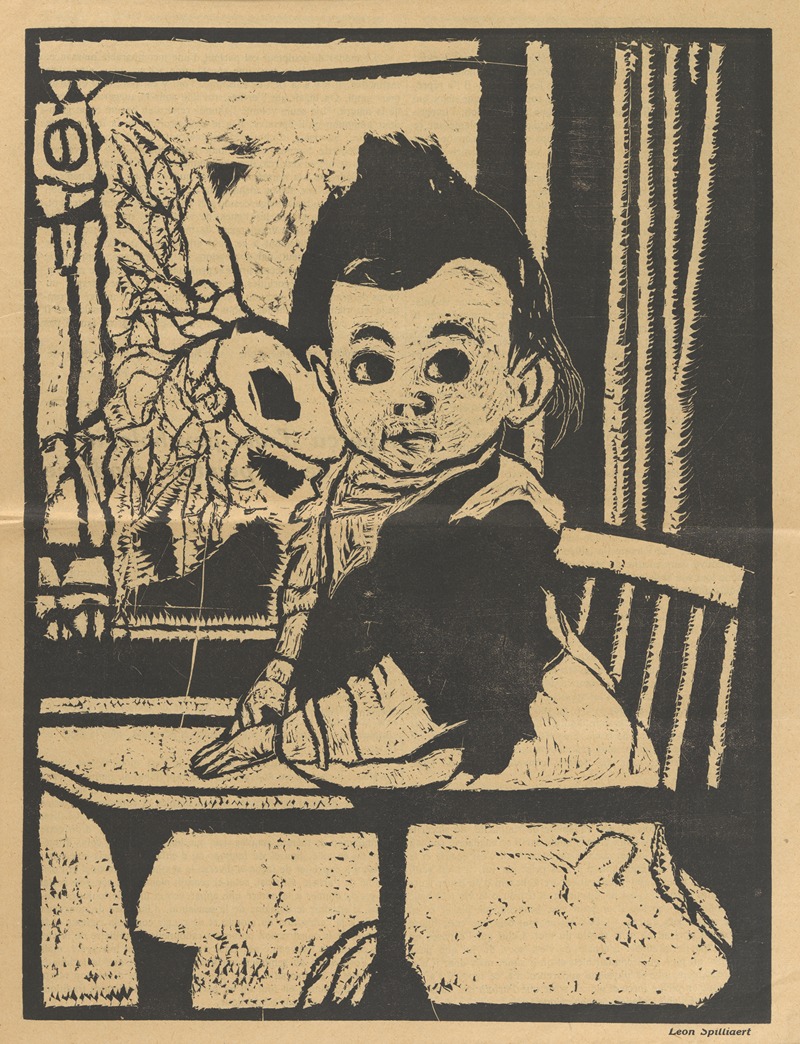
Kindje in kinderstoel
A hand-painted replica of Léon Spilliaert’s masterpiece Kindje in kinderstoel, meticulously crafted by professional artists to capture the true essence of the original. Each piece is created with museum-quality canvas and rare mineral pigments, carefully painted by experienced artists with delicate brushstrokes and rich, layered colors to perfectly recreate the texture of the original artwork. Unlike machine-printed reproductions, this hand-painted version brings the painting to life, infused with the artist’s emotions and skill in every stroke. Whether for personal collection or home decoration, it instantly elevates the artistic atmosphere of any space.
Léon Spilliaert (1881–1946) was a Belgian symbolist painter and graphic artist known for his unique style that often combined elements of symbolism and expressionism. One of his lesser-known works is "Kindje in kinderstoel," which translates to "Child in High Chair." This painting is an example of Spilliaert's ability to capture mood and emotion through minimalistic yet evocative compositions.
Spilliaert was born in Ostend, Belgium, and his work was heavily influenced by the coastal landscapes and the introspective solitude of his hometown. Although he did not receive formal artistic training, Spilliaert was deeply influenced by the works of Edvard Munch, Odilon Redon, and James Ensor. His art often explores themes of existentialism, solitude, and the human psyche, which are reflected in his use of dark, muted colors and stark compositions.
"Kindje in kinderstoel" is a testament to Spilliaert's skill in portraying intimate and personal scenes. The painting depicts a young child seated in a high chair, rendered with a simplicity that emphasizes the child's innocence and vulnerability. Spilliaert's use of color and light in this piece is subtle yet effective, creating a sense of quiet introspection. The background is typically sparse, drawing the viewer's attention to the child as the central subject.
The painting is characterized by its subdued palette, often employing shades of gray, brown, and muted blues. This choice of color enhances the contemplative atmosphere of the work, a common trait in Spilliaert's oeuvre. The child's expression is serene, yet there is an underlying sense of melancholy, a duality that Spilliaert masterfully conveys through his minimalist approach.
Spilliaert's technique often involved the use of watercolor, gouache, and ink, allowing him to achieve a delicate balance between transparency and opacity. This method is evident in "Kindje in kinderstoel," where the soft blending of colors and the fluidity of the medium contribute to the painting's ethereal quality. The artist's attention to detail, particularly in the rendering of the child's features and the texture of the high chair, demonstrates his keen observational skills and his ability to infuse everyday scenes with deeper meaning.
Throughout his career, Spilliaert remained somewhat of an enigmatic figure in the art world. He was not affiliated with any particular artistic movement, which allowed him to develop a distinctive style that defied easy categorization. His works, including "Kindje in kinderstoel," are often seen as reflections of his introspective nature and his fascination with the inner workings of the human mind.
Today, Léon Spilliaert's paintings are appreciated for their haunting beauty and psychological depth. "Kindje in kinderstoel" is a prime example of his ability to convey complex emotions through simple yet powerful imagery. The painting continues to resonate with audiences, offering a glimpse into the quiet, contemplative world that Spilliaert so masterfully created. His legacy endures as a testament to the power of art to capture the nuances of human experience, transcending time and place.





